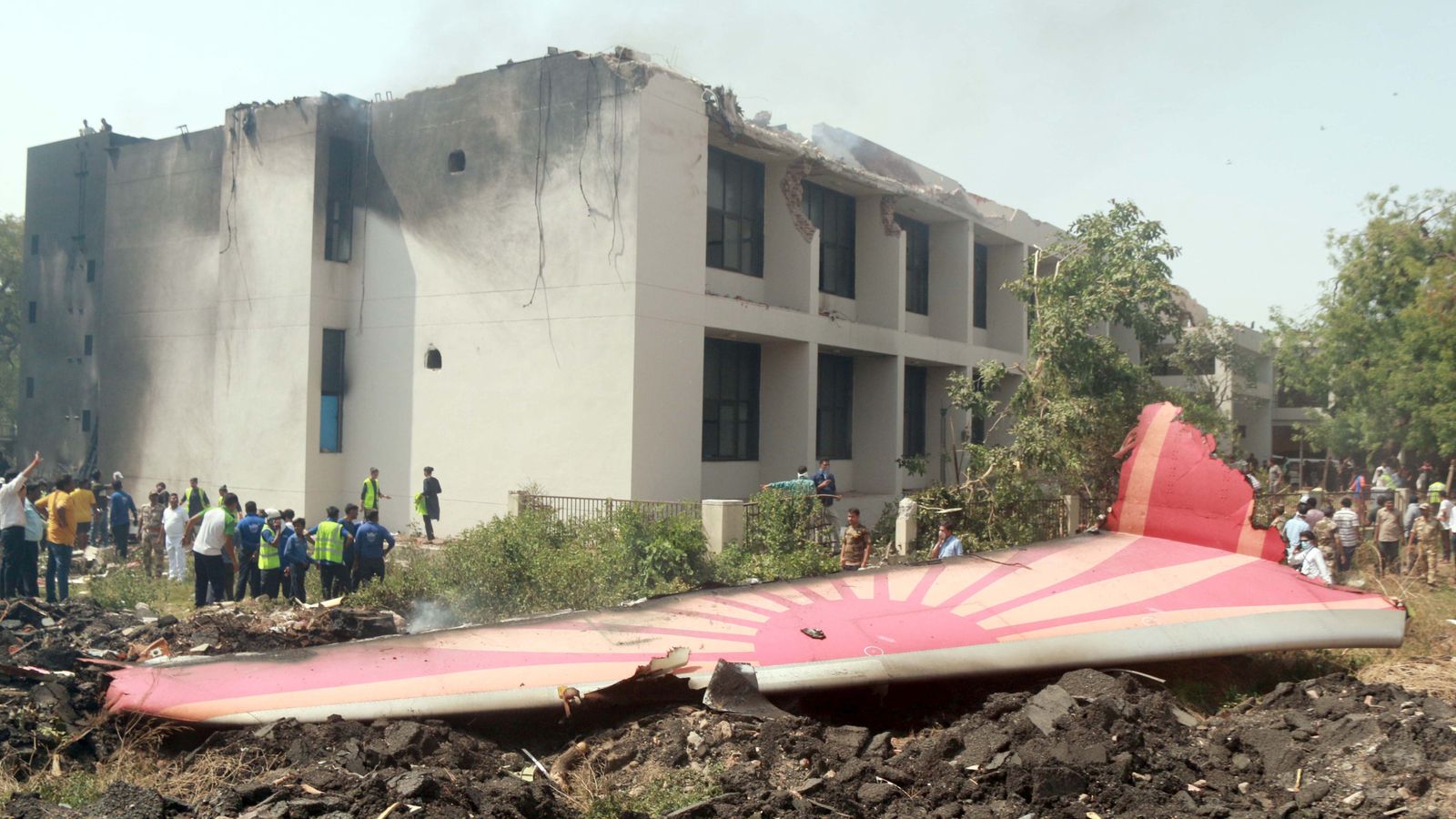Zelenskyy accuses Russia of ‘radiation blackmail’ at Zaporizhzhia
Ukraine’s Zelenskyy tells the IAEA’s Rafael Grossi that safety at Europe’s largest nuclear facility was not assured while Russian forces in control of site.

Ukraine’s President Volodymyr Zelenskyy has told the head of the UN’s International Atomic Energy Agency (IAEA) that the safety at the Zaporizhzhia nuclear power station could not be guaranteed while the facility was occupied by Russian forces as part of what he described as Moscow’s “radiation blackmail”.
Zelenksyy met IAEA Director-General Rafael Grossi in the city of Zaporizhzhia on Monday, which is in Ukrainian-held territory, about 50 km (30 miles) northeast of the nuclear plant with the same name, news agencies reported.
Zelenskyy told Grossi that staff at the Zaporizhzhia plant were under constant pressure from Russian occupying forces, who he said were failing to uphold safety rules and had interfered in technological processes, according to comments on Zelenskyy’s official website.
“Without an immediate withdrawal of Russian troops and staff from the Zaporizhzhia nuclear power station and adjacent areas, any initiatives on restoring nuclear safety and security are doomed to failure,” Zelenskyy said.
“Holding a nuclear power station hostage for more than a year — this is surely the worst thing that has ever happened in the history of European or worldwide nuclear power,” Zelenskyy said later in his nightly video address.
Moscow’s forces seized the Zaporizhzhia plant, Europe’s largest nuclear power facility, early in the war and Russian and Ukrainian forces regularly accuse each other of risking a serious nuclear accident by shelling the facility. Ongoing fighting around the plant and worries its cooling systems could lose power have raised fears of a nuclear disaster.
The Zaporizhzhia Nuclear Power Plant’s six reactors are currently in shutdown mode and the facility is receiving the electricity it needs to prevent a reactor meltdown through just one remaining power line.
The plant has had to switch to emergency diesel generators to power its essential cooling systems as power from the main grid has been cut by shelling. Earlier this month, fighting interrupted power supply to the plant for half a day, forcing staff to activate the backup generators.
Grossi had expressed alarm at that development.
“Each time we are rolling a dice,” he told his agency at the time of the latest cut in power. “And if we allow this to continue time after time, then one day our luck will run out.”
Russian officials say they want to connect the Zaporizhzhia plant to the Russian power grid.
In a tweet posted earlier on Monday, Grossi said he and Zelenskyy had a “rich exchange” on the protection of the plant and its staff.
Grossi has repeatedly called for a safety zone around the Zaporizhzhia plant and is due to visit it again this week. The agency has had staff permanently deployed there since his last visit in September.
The IAEA said in January it was placing teams of experts at all four of Ukraine’s nuclear power plants to reduce the risk of accidents, including the now-closed Chernobyl plant whose deadly nuclear accident in 1986 spread fallout over much of Europe.
Zelenskyy also told Grossi on Monday about problems caused by Russian attacks at the Dnipro hydropower plant. Ukraine is trying to give hydropower facilities “maximum protection” by hiding equipment underground as it repairs an estimated $1bn in damage from Russian attacks that have targeted the country’s power infrastructure, a senior industry official said.
Ihor Syrota, head of state-run hydropower generating company Ukrhydroenergo, said on Monday that four of Ukraine’s nine hydropower plants had been damaged in Russian attacks that mainly targeted electrical equipment and machine rooms at plants on the Dnieper and Dniester rivers.
He said the nine hydropower plants usually produce about 10 percent of Ukraine’s energy and have a combined capacity of 6,300 megawatts (MW), but that about 2,000 MW of that capacity had been lost because of damage to infrastructure. Engineers have already restored 500 MW of capacity and plan to restore the rest as soon as possible, this time with better protection, he said.
“We will hide electrical equipment at existing stations,” Syrota told the Reuters news agency in an interview.
“If we have a new project — we are of course reviewing it — everything that was previously supposed to be on the surface will have a different structure, we will hide it [underground],” he said.
-al jazeera






